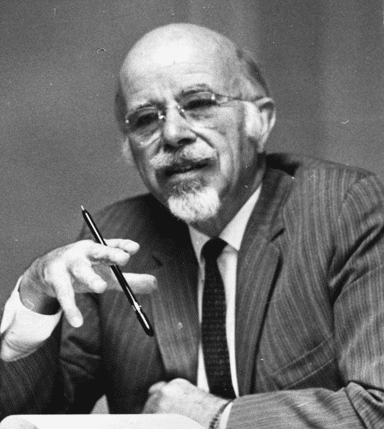Related Articles
Celebrating Donald A. McGavran: A Life and Legacy
McGavran was a prolific writer of letters, articles, and books, as well as a world traveler. No one, to my knowledge, has visited as many mission fields, conducted as many interviews, or researched the growth and decline of Christian churches as widely as McGavran. He influenced mission theory and practice internationally and the movement he started continues to move forward, empowered by appreciative followers.
What Mcgavran’s Church Growth Thesis Means
0ne of the most provocative and stimulating attempts in recent years at appraising present-day missionary methods is that by Dr. Donald Anderson McGavran, former missionary to India and now dean of the new Fuller School of World Mission and Institute of Church Growth, Pasadena, Calif.
What Mcgavran’s Church Growth Thesis Means
0ne of the most provocative and stimulating attempts in recent years at appraising present-day missionary methods is that by Dr. Donald Anderson McGavran, former missionary to India and now dean of the new Fuller School of World Mission and Institute of Church Growth, Pasadena, Calif.
What about People-Movement Conversion?
Although the “church growth” school of thought has made substantial inroads into missionary thinking, there is a continuing reluctance on the part of many evangelicals to accept “church growth” concepts.
What about People-Movement Conversion?
Although the “church growth” school of thought has made substantial inroads into missionary thinking, there is a continuing reluctance on the part of many evangelicals to accept “church growth” concepts.

